Science CEO Liz Parrish are in a fight to eradicate diseases of aging. Preventive & regenerative gene therapies are key to fixing cellular death.
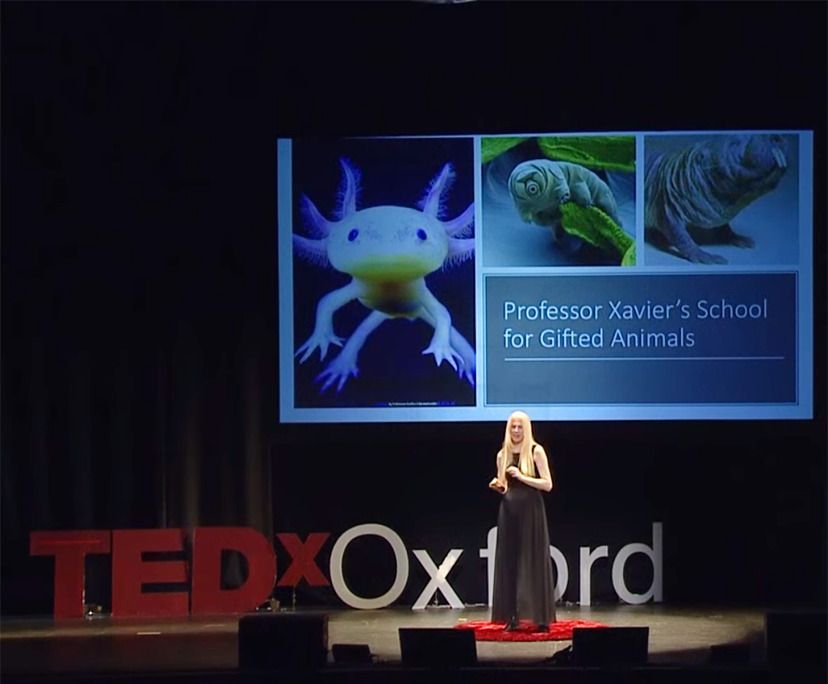

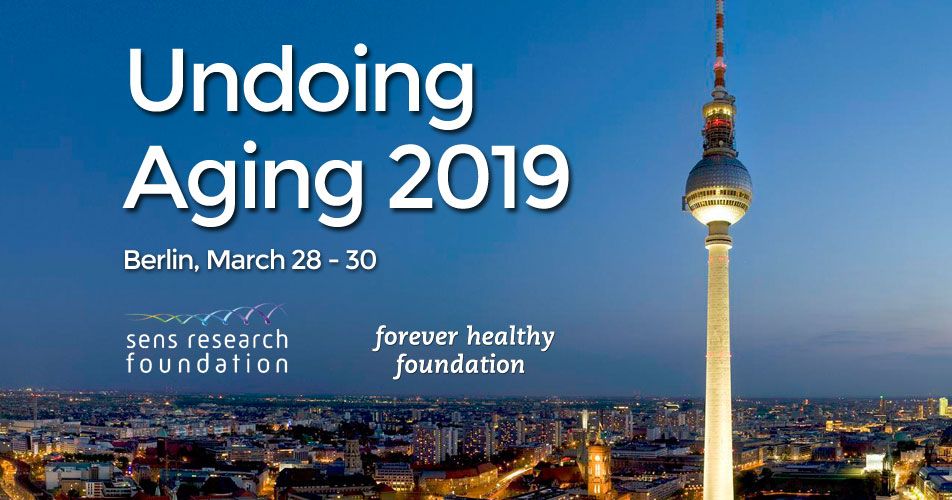
“Julie has been associated with SENS since its earliest days: she participated in the first workshop that I organised to discuss it, in 2000, and she was a co-author on the first SENS paper in 2002. We’re delighted to be funding her laboratory at the Buck Institute to explore new ways of eliminating neurofibrillary tangles from neurons of Alzheimer’s sufferers, and at UA2019 we will hear about their initial progress.” says Aubrey de Grey.
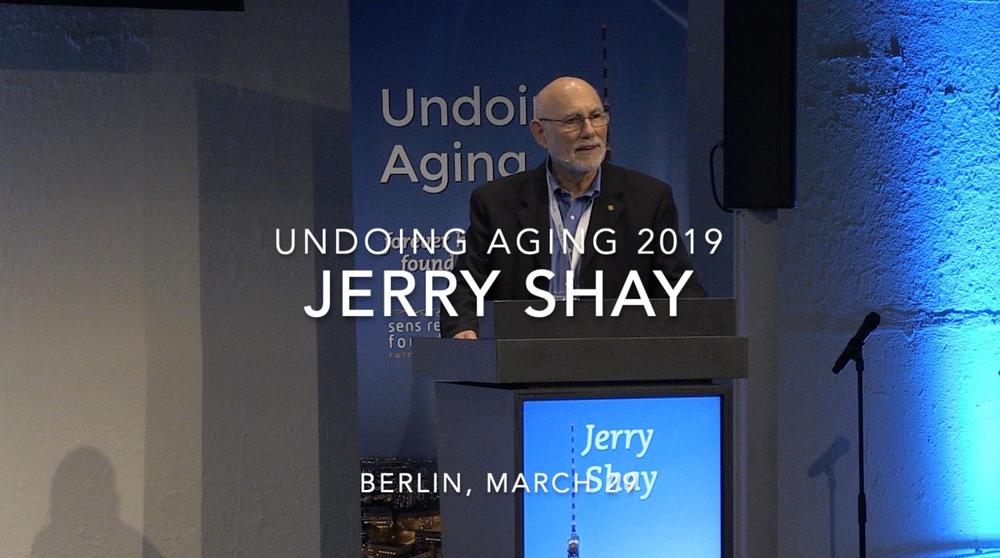
Videos will be released step by step over the next few weeks as we receive clearance from the individual speakers.
This week we kick it off with Jerry Shay, who is the Vice Chairman of the Department of Cell Biology at The University of Texas Southwestern Medical Center in Dallas, presenting ‘Telomeres and Telomerase in Aging and Cancer‘.
undoing-aging.org/…/jerry-shay-presenting-at-undoing-aging-…
More info on Forever Healthy: forever-healthy.org
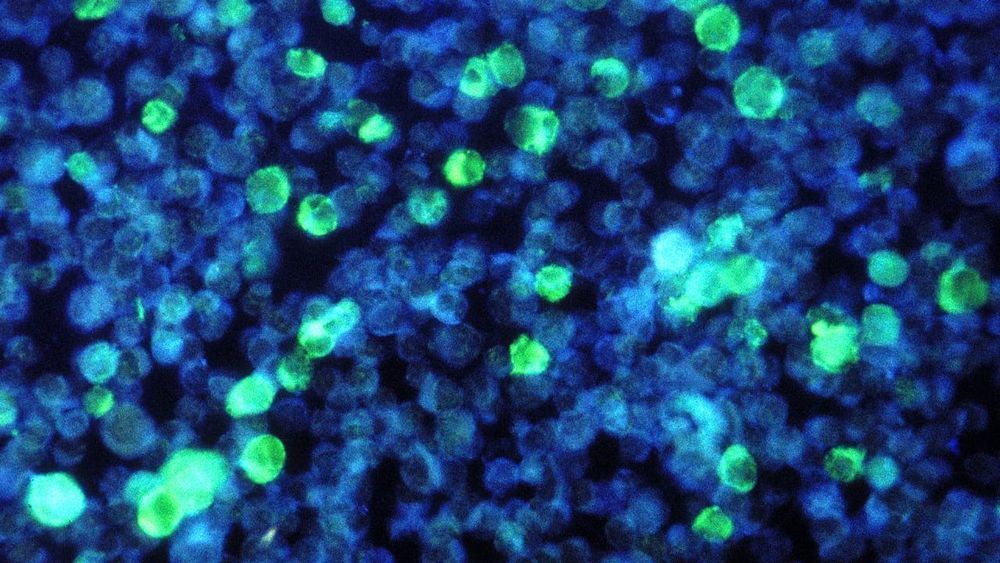

Understandably, the FDA raised concerns about the practice of parabiosis because to date, there is a marked lack of clinical data to support the treatment’s effectiveness.
Elevian
On the other end of the reputability spectrum is a startup called Elevian, spun out of Harvard University. Elevian is approaching longevity with a careful, scientifically validated strategy. (Full Disclosure: I am both an advisor to and investor in Elevian.)

A number of companies are studying and commercializing rapamycin and rapalogs, including resTORbio, a Boston-based company. Tam Hunt got in touch with Dr. Joan Mannick from the company to find out more about this promising anti-aging therapeutic.
Blagoskonny ([3], [4]) has suggested that rapamycin and rapalogs are effective anti-aging therapies today for humans as well as other animals because they arrest “quasi-programmed hypertrophy.” What are your thoughts on Blagoskonny’s theory?
I think Blagoskonny’s theory is very interesting. mTOR stimulates cell growth, and there is data that mTOR becomes hyperactive in some aging tissues. This may explain why TORC1 inhibitors have benefit in aging-related diseases.

We have known since the 19th century that young blood has surprising curative and rejuvenation abilities. It’s quite strange, but it happens to be true. In recent years, scientific efforts to understand what it is about young blood that causes rejuvenation have ramped up.
We now know that young and old mice with surgically connected circulatory systems will experience altered aging: the young mouse will prematurely grow old, and the old mouse will, in many cases, miraculously grow young. This is known as heterochronic parabiosis, and it is a large source of the legitimate excitement about the potential of young plasma to lead to human rejuvenation [1].
The challenge, of course, is how to achieve these benefits in more acceptable and less disturbing ways.
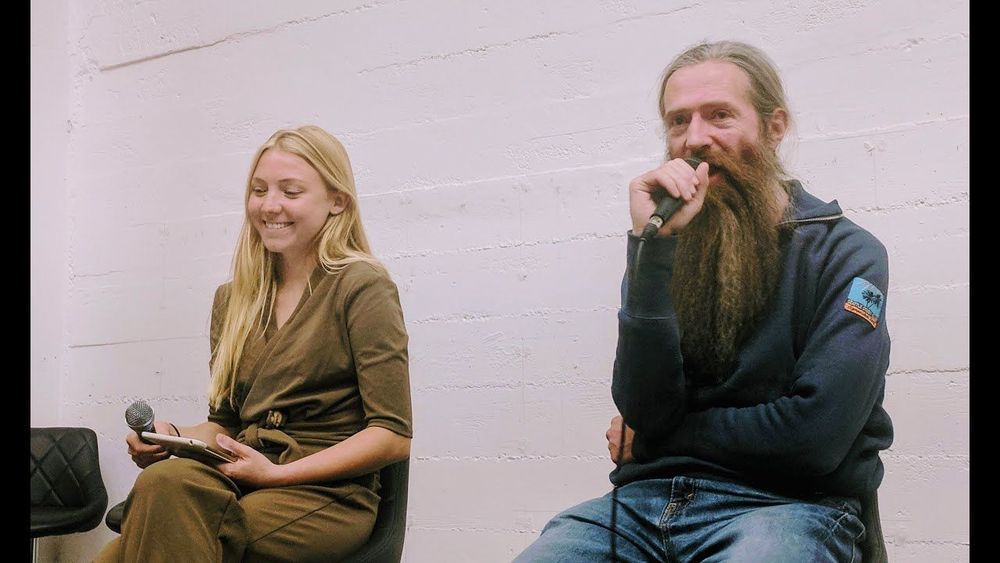
Allison Duettmann challenges Aubrey De Grey with the top objections against longevity to be debunked and debated before opening up the floor to the public.
Aubrey de Grey, Ph.D.
SENS chief science officer and co-founder.
Dr. de Grey is the biomedical gerontologist who researched the idea for and founded SENS Research Foundation. He received his BA in Computer Science and Ph.D. in Biology from the University of Cambridge in 1985 and 2000, respectively. Dr. de Grey is Editor-in-Chief of Rejuvenation Research, is a Fellow of both the Gerontological Society of America and the American Aging Association, and sits on the editorial and scientific advisory boards of numerous journals and organizations.
To prep, why not watch Aubrey’s TED Talk on ending aging that received over 3 mio views to date.
Allison Duettmann

Environmentalism and climate change are increasingly being pushed on us everywhere, and I wanted to write the transhumanism and life extension counter argument on why I prefer new technology over nature and sustainability. Here’s my new article:
On a warming planet bearing scars of significant environmental destruction, you’d think one of the 21st Century’s most notable emerging social groups—transhumanists—would be concerned. Many are not. Transhumanists first and foremost want to live indefinitely, and they are outraged at the fact their bodies age and are destined to die. They blame their biological nature, and dream of a day when DNA is replaced with silicon and data.
Their enmity of biology goes further than just their bodies. They see Mother Earth as a hostile space where every living creature—be it a tree, insect, mammal, or virus—is out for itself. Everything is part of the food chain, and subject to natural law: consumption by violent murder in the preponderance of cases. Life is vicious. It makes me think of pet dogs and cats, and how it’s reported they sometimes start eating their owner after they’ve died.
Many transhumanists want to change all this. They want to rid their worlds of biology. They favor concrete, steel, and code. Where once biological evolution was necessary to create primates and then modern humans, conscious and directed evolution has replaced it. Planet Earth doesn’t need iniquitous natural selection. It needs premeditated moral algorithms conceived by logic that do the most good for the largest number of people. This is something that an AI will probably be better at than humans in less than two decade’s time.
Ironically, fighting the makings of utopia is a coup a half century in the making. Starting with the good-intentioned people at Greenpeace in the 1970s but overtaken recently with enviro-socialists who often seem to want to control every aspect of our lives, environmentalism has taken over political and philosophical discourse and direction at the most powerful levels of society. Green believers want to make you think humans are destroying our only home, Planet Earth—and that this terrible action of ours is the most important issue of our time. They have sounded a call to “save the earth” by trying to stomp out capitalism and dramatically downsizing our carbon footprint.
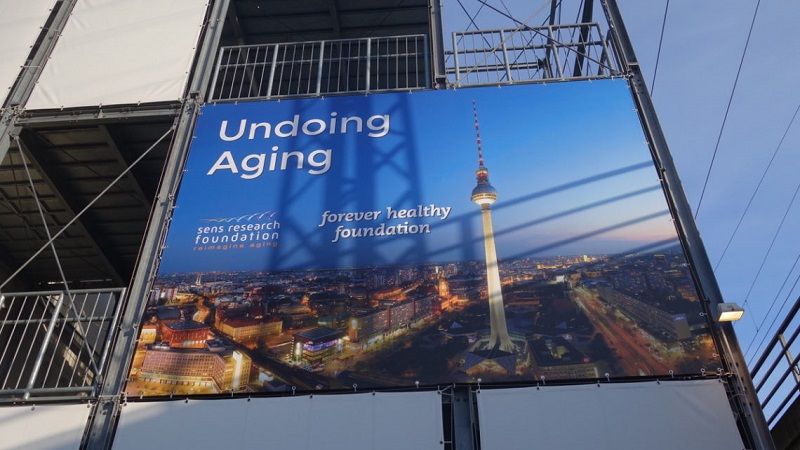
Guest writer Dr. Asimina Pantazi gives her impressions of the recent Berlin Undoing Aging Conference from the point of view of someone working in research.
As a millennial with limited orientation abilities but expertise with digital tools, I used Google Maps to find the venue, fearing that I would have no data and would get lost in Berlin, only to find out that I was only a couple of meters away from to the venue entrance.
The Undoing Aging 2019 conference took place on May 28–30 at Umspannwerk Alexanderplatz: a multi-level industrial setting, with metal stairs, funky lights, and a balcony overlooking the minimal conference hall. This gave me my first positive vibes.
Aubrey de Grey of the SENS Research Foundation and Michael Greve of the Forever Healthy Foundation organized a three-day event that focused on the cellular and molecular repair of age-related damage in order to medically control aging. The conference brought together a diverse audience from all corners of the world: scientists, doctors, students, biotechs, startups, pharma, investors, the media, government representatives, policy makers, and anti-aging research enthusiasts; many of them were Russians, and their country was impressively represented there!